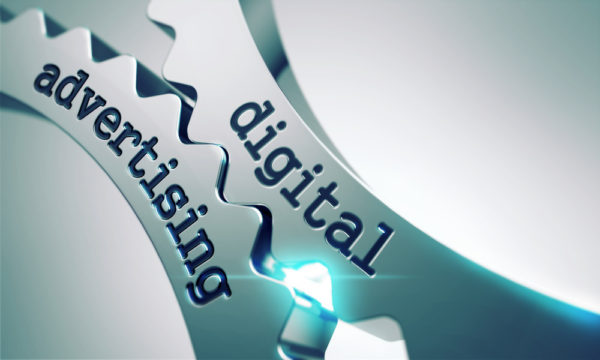The 2016 Olympic Games are upon us. This year, Rio de Janeiro plays host to the world’s finest athletes. They have converged upon Brazil to discover who is the best-of-the-best. While this venue remains the largest stage for national pride, corporations have established a long history using these games to highlight their dominance in the advertising marketplace.
The history of these games date back as far as 776 BC, but the first modern Olympics were held in 1896 AD, appropriately in Athens, Greece. There, we saw the Olympic Games generating revenue through advertising for the first time.
Traditionally, the rules surrounding the relationship between athletes and advertisers were quite tight. During the Rio Olympic Games, the International Olympic Committee (IOC) has provided more breathing room for advertisers. As a result of the negative feedback from athletes, regarding the advertising restrictions during the 2012 London Olympic Games, the IOC revised the restrictions contained in IOC Rule 40 of the Olympic Charter.
According to Rule 40, “except as permitted by the IOC Executive Board, no competitor, coach, trainer, or official who participates in the Olympic Games may allow his person, name, picture, or sports performances to be used for advertising purposes during the Olympic Games”. The rule was established to prevent over-commercialization, protect official Olympic sponsors, and focus on the athletes performances, not ads. Under Rule 40, only official sponsors had complete ownership of advertising during the Games. In addition, athletes were banned from tweeting or publicly mentioning their unofficial sponsors.”
The Rule 40 revision still bars athletes from posting about their sponsors but allows unofficial sponsors to feature their sponsored athletes in ad campaigns during the Games. However, the ads cannot mention Olympic terminology. These terms include Olympics, Rio, summer, medal, victory, gold/silver/bronze, and performance.
Yet to qualify for these changes, U.S. athletes and unofficial sponsors had to submit waivers to the United States Olympic Committee by January 2016. In addition, the ads must have been in-market by March 27, 2016; for unofficial sponsors, this can be a problem. In order to stay relevant to the Games, those campaigns had to start in March and keep circulating until August. That can get extremely costly for brands, especially for small businesses.
Big corporations, like McDonald’s, Samsung, and Visa are all Rio official sponsors. These official sponsorships can cost as much as $200 million. This limited list of big brand sponsorships hold contracts with a select, few Olympians. The restrictions imposed by Rule 40 may do damage to the lesser-known athletes who don’t have as much recognition as other competitors.
During the Olympics, athletes tend to be at their earnings peak. Without being able to fully leverage their Olympian status, athletes cannot financially capitalize upon their global publicity. The Rule 40 change has allowed athletes and sponsors to think creatively on how to market themselves in ways that comply with the restrictions.
Under Armour, an unofficial sponsor, sponsors 250 Olympic athletes. The brand created a widely circulated ad with Michael Phelps that has been airing throughout the Olympics. The ad revolves around Phelps swimming to a song with the lyrics “the last goodbye”. The ad alludes to Phelps last Olympics while promoting the Under Armour brand. With Phelps’ Olympic prominence, it doesn’t matter that the ad is not an Olympic sponsored ad. The ad exudes Olympic undertones.
Although official sponsorships can use the Olympic ring logo and terminology, if an ad has a prominent Olympian people will think of the Olympics. Now that unofficial sponsors can now run ads with Olympians during the Olympic Games, the value of official sponsors may be devalued. With everyone on a more evenly leveled playing field, each marketing campaign fiercely competes to capture the consumers’ attention.




![Advertising Budgets 2016: 4 Trends You Need To Know [Infographic]](https://www.mdgadvertising.com/blog/wp-content/uploads/2015/09/2016_Advertising_Trends_1000_compressed.jpg)